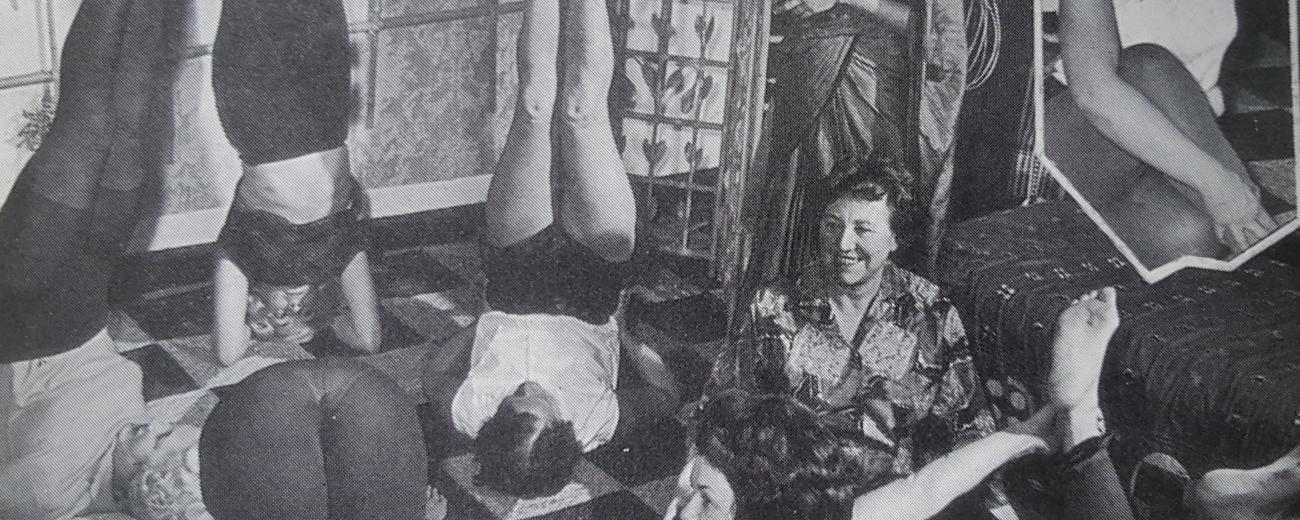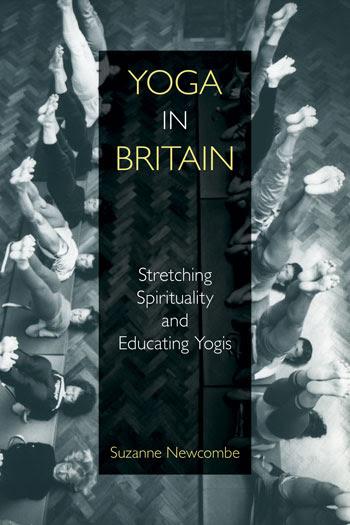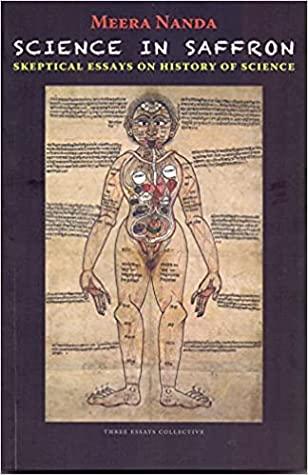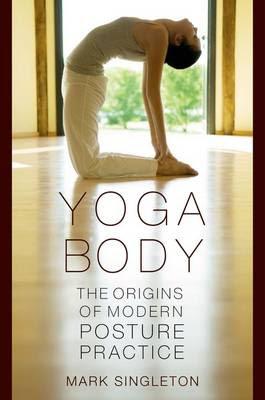Modern History: Voices from the field


Suzanne Newcombe
Yoga in Britain: Stretching Spirituality and Educating Yogis (2019, Equinox)
Suzanne Newcombe's work charts the eclectic social history of Yoga's development in Britain; a journey from being an esoteric interest of the elite to an accepted mainstream activity of the British public. What is particularly unique to the British experience is how yoga developed in line with the post-war welfare state and established adult education structures in Britain. Make sure you delve into the dense and intriguing source references Newcombe draws on, which range from the Penguin archives of correspondence to the back catalogue of late 60s counter-cultural publication Gandalf's Garden and local education authority committee reports.
'Paul Brunton continued to influence understandings of yoga: A Search for Secret India (1934) which details Brunton's personal transformative meetings with mystics and holy men of India, was extremely popular, being constantly reissued in the 1950s and 60s and remains in print today. In 1971, the popular magazine Yoga & Health claimed that Brunton's books probably 'turned more people onto the path of Yoga than any other books of their kind.' (2019: 27)
Additional online resources
Podcast: New Books in Indian Religions | Suzanne Newcombe |"Yoga in Britain: Stretching Spirituality and Educating Yogis" | Published 21 Apr 2020
Listen on Apple Podcasts
Meera Nanda
Yoga Scientized: How Swami Vivekananda Rewrote Patanjali’s Yoga Sūtra
In Science in Saffron: Sceptical Essays on History of Science. (2016, Three Essays Collective)
In this Chapter Meera Nanda considers the skilful rhetoric of the 'father of modern yoga', Swami Vivekananda, in his 1896 work Raja Yoga. Vivekananda's conflation of the language of science with his model of neo-Vedantic inspired meditation remains a dominant episteme in modern yoga to this day. As a female Indian academic and historian of science, Nanda is well placed to provide a provocative critique on the influence of post-colonialism, post-modernism and Hindutva ideology on contemporary discourses on yoga.
Yogic meditation, after Vivekananda, has become a matter of controlling and manipulating the “prāṇa” or the “vital energy” of the cosmos – a form of “energy” that is simultaneously a “spiritual” emanation of the divine, and a physical entity that obeys the laws of physics. Even though every effort of modern physics and biology has failed to detect this divine, self-aware “energy”, Vivekananda’s pairing of spirit with energy, and Hinduism with modern science, has acquired a life of its own.' (2016:129)
Mark Singleton
Yoga Body: The Origins of Modern Posture Practice (2010, Oxford University Press)
Mark Singleton's 2010 publication Yoga Body is distinctive as an academic monograph in just how far it resonated outside of scholarly circles within the yoga community at large. Yoga Body is at once an exploration of the ‘rise to prominence’ of āsana (posture) in Modern Yoga and an attempt to disrupt a polarisation of discourse that Singleton believes is at risk of stifling genuine and sustained thinking about yoga and what it means today. Twelve years on, it remains an engaging and vital contribution to the study of Modern Yoga and its history.
The practice of āsanas within transnational anglophone yogas is not the outcome of a direct and unbroken lineage of haṭha yoga. While it is going too far to say that modern postural yoga has no relationship to āsana practice within the Indian tradition, this relationship is one of radical innovation and experimentation.' (2010: 33)
Additional online resources
- Podcast: Yogic Studies Podcast | Mark Singleton | Yoga Body, 10 Years Later | Published 11 Dec 2020
Listen on Apple Podcasts - Link to Serbian preface: Singleton's own edited preface to the Serbian edition of the book in 2015 is a carefully worded retort to some of the reactions prompted by the books’ original publication. Available on academia.edu
Past Centre of Yoga Studies talks
- Matylda Ciołkosz | Shaping Models of Social Relations Through Yoga Practice
- Magdalena Kraler | The Prāṇāyāma Grid: Yogic Breath Cultivation in Early Modern Yoga
- Theo Wildcroft | Post-lineage Yoga: from guru to #metoo



